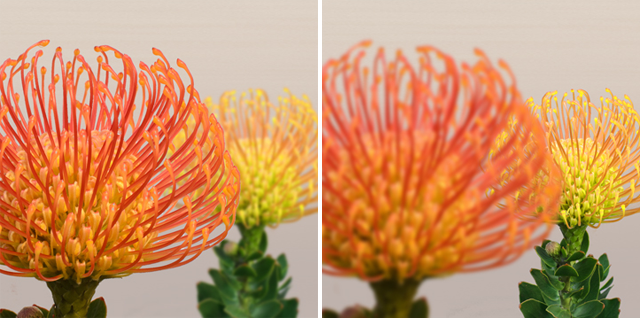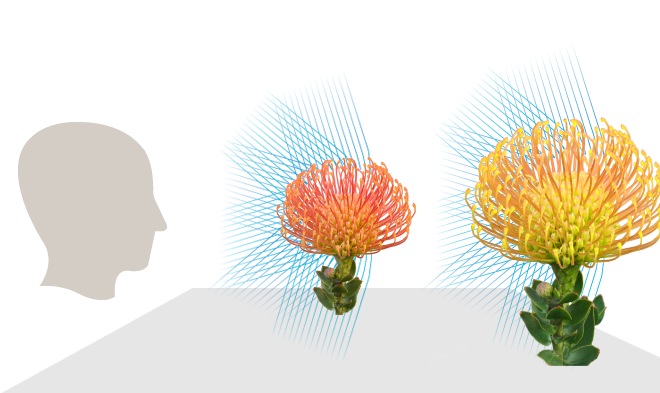Well, have no fear! According to a small start up company called Lytro this problem is soon to be a thing of the past. With claims to have developed a technology that will let photographers take pictures now, and focus them later, they will revolutionize picture taking.
 |
| (Photo courtesy of Lytro) |
The new camera will capture the entire light field in a scene, not just a splice of the light field as conventional cameras have done in the past.
This technology will require a new sensor inside the camera appropriately named the"light field sensor" as well as highly sophisticated software that will replace many other parts currently contained in
conventional cameras.
 |
| (Photo courtesy of Lytro) |
Professional photographers should not worry, Lytro maintains that the camera is specifically made for consumers rather than professionals. Although they have yet to commit to a release date and specific price point, in a recent interview with the Huffington Post founder Ren Ng mentioned it would cost between $1 and $10,000.
Regardless of initial reactions or skepticism, I must admit that the thinking behind the idea is brilliant! For a company to push the limits of technology like so many are always talking about with a concept like this is abstract and mind blowing to even consider. Lytro might indeed be on it's way to providing the world with living pictures by "miniaturizing a roomful of cameras tethered to a supercomputer and making them fit into our pockets."


